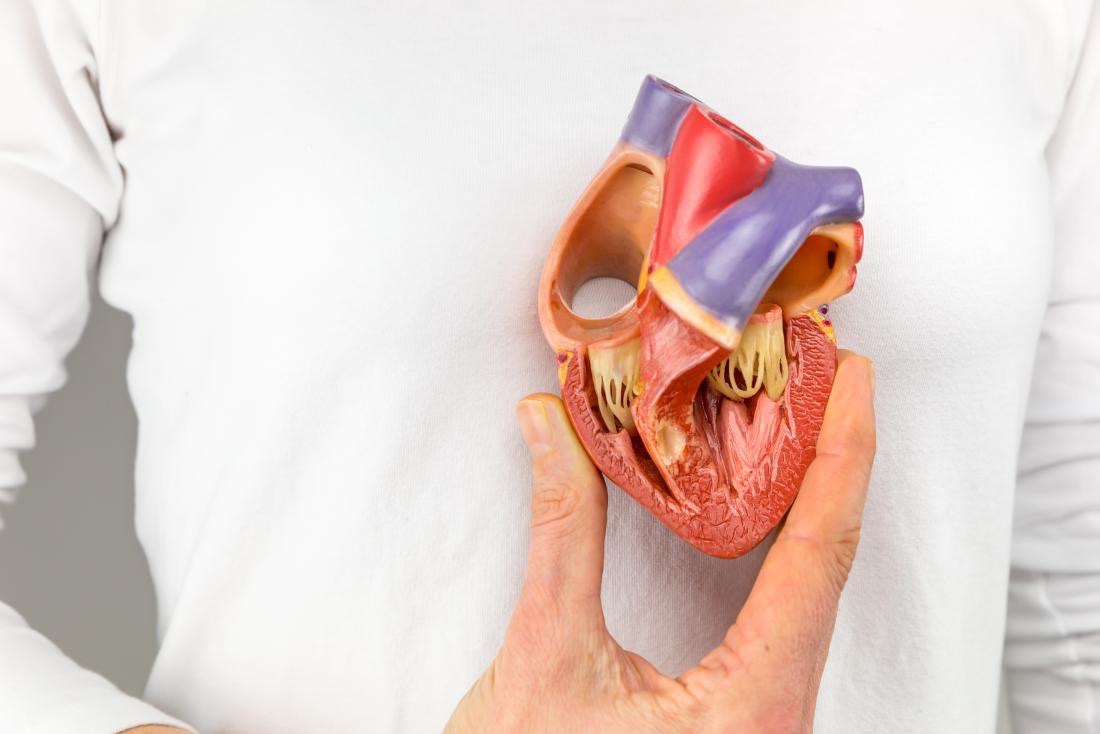By Staff Reporter
This condition was detected in the patient at Aster Hospital, Mankhool upon thorough medical investigation.
Known as cor triatriatum sinister – this condition is a rare anomaly that results in a heart with three atria (upper chambers of the heart, most people have two atria). This rare condition occurs in 0.004 per cent of the general population and in 0.1 to 0.4 percent of all congenital heart anomalies.
Cor triatriatum sinister is an extremely rare congenital anomaly where the left atrium is divided into two chambers by a membrane, resulting in a total of three atria within the heart.
In this particular patient, alongside the two ventricles (right ventricle and left ventricle), an additional chamber formed within the left atrium due to the presence of the membrane characteristic of cor triatriatum sinister. So, while there were technically four chambers within the heart, the abnormality pertained to the left atrium, resulting in an overall count of five chambers in the heart of this patient.
The medical team led by Dr Sachin Upadhyaya, a cardiology specialist identified and treated the condition in the patient, enabling him to resume his normal life in the shortest period of time.
Dr Upadhyaya said: “This case underscores the significance of comprehensive heart checks in adults after the age of 35 years, especially when symptoms appear unusual. It’s crucial for both medical professionals and the public to recognise that uncommon symptoms may signify underlying conditions that require careful examination and timely intervention to avoid possible complications.”
The patient presented with chest pain lasting two weeks, accompanied by occasional chest heaviness exacerbated by activity. Despite the atypical nature of the symptoms, a thorough evaluation including ECG and echocardiography revealed the presence of cor triatriatum sinister. Further confirmation was obtained through cardiac magnetic resonance imaging (CMR), which showed a non-restrictive type of cor triatriatum with no associated anomalies.
“The successful management of this case without surgery highlights the effectiveness of comprehensive evaluation and non-surgical approaches in treating rare cardiac conditions,” said Dr Upadhyaya. “With detailed evaluation and medical management, the patient became symptom-free within a few days and continues to do well.”
Patients with cor triatriatum may have other associated congenital heart defects, requiring careful evaluation and imaging. In 70 percent of cases, an associated Atrial Septal Defect (ASD) is present. The male-to-female ratio of cor triatriatum is 1.5:1, indicating a slightly higher prevalence in males.
The size of the communication between the chambers of the left atrium determines the type of cor triatriatum. If the blood flow is restricted due to a narrow opening, the patient may experience symptoms early in life. If the opening is non-restrictive, patients may remain asymptomatic until later in life. However, the communicating orifice may undergo changes over time due to fibrosis and calcification, potentially leading to symptoms. Therefore, continuous observation and regular follow-up are necessary for these patients.


